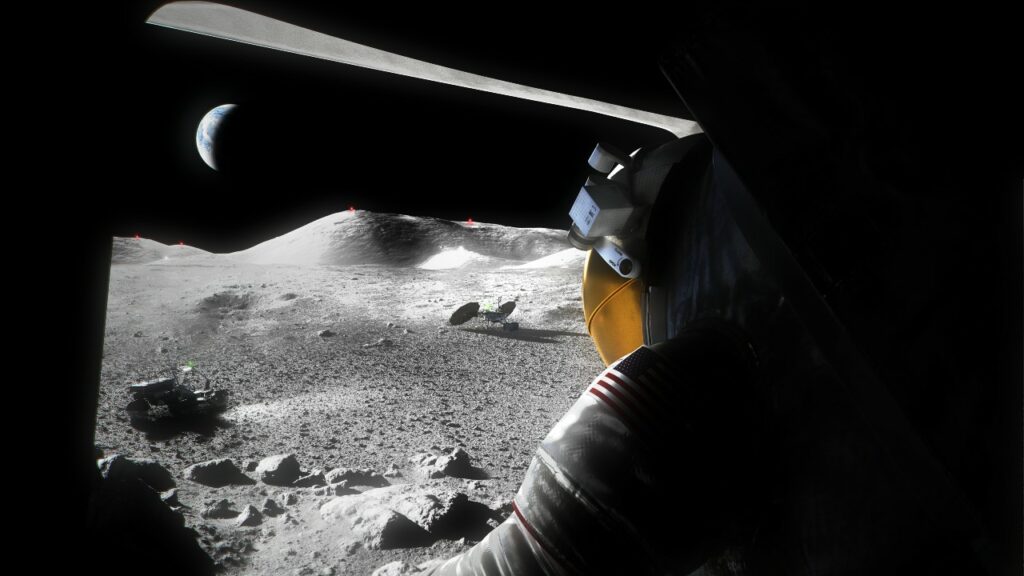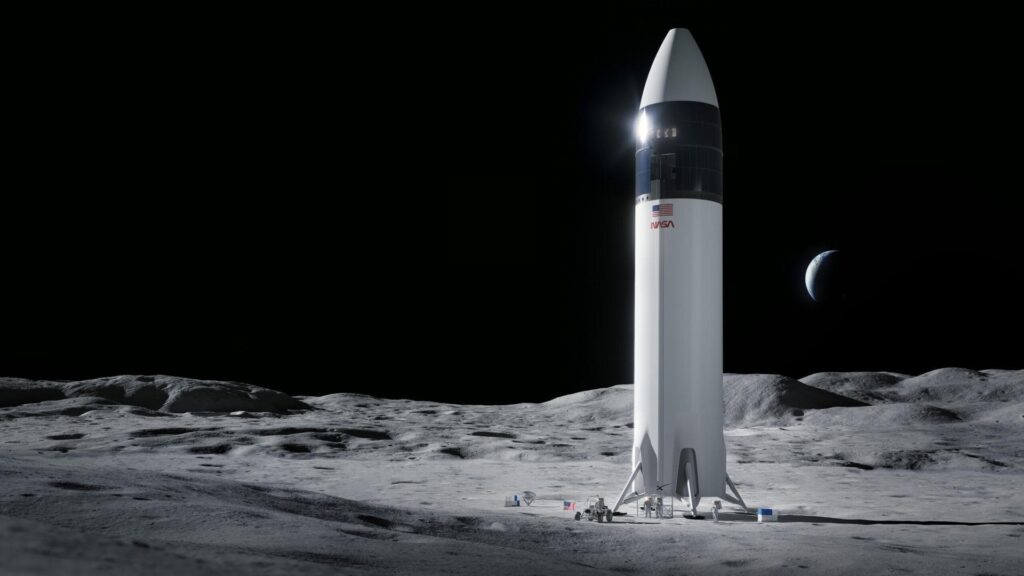NASA will support the creation of a second lunar lander for the needs of Artemis. This is stated in a press release published on the organization’s website on March 23.

As part of the HLA (Human Landing System) program in 2021, NASA chose the Starship lunar spacecraft project proposed by SpaceX, which will take the crew of the Artemis III mission to the Moon. This decision was severely criticized by other companies that also claimed for this contract. They referred to the fact that NASA promised to choose two winners. In turn, the aerospace administration explained this decision by a lack of funds, which did not allow financing two lunar vehicles at once. As a result, Blue Origin even sued NASA to reconsider the conclusion, but the court rejected its claim.
After a year, NASA decided to return to the original approach. As part of the SLD (Sustaining Lunar Development) project, the agency is organizing a new competition among American aerospace companies. The winner will receive a contract for two lunar missions — demonstration (without crew) and involving the landing of people.
The participating SLD projects will be subject to more stringent technical requirements in terms of their payload capacity and duration of stay on the Moon than in the framework of the HLS competition. It should be noted that SpaceX will not be able to participate in this competition. As compensation, NASA offered Elon Musk’s company an extended version of HLS. Within its framework, SpaceX will receive a contract for at least one more lunar mission, as well as the opportunity to refine Starship to participate in subsequent flights.

Recall the implementation of the Artemis III mission is currently scheduled for 2025. The next Artemis IV expedition will be involved in the construction of the Lunar Gateway space station and does not plan to land on the Moon. The spacecraft, which is supposed to be selected as part of the SLD competition, will be involved in missions planned for 2026-2027.
According to https://www.nasa.gov

